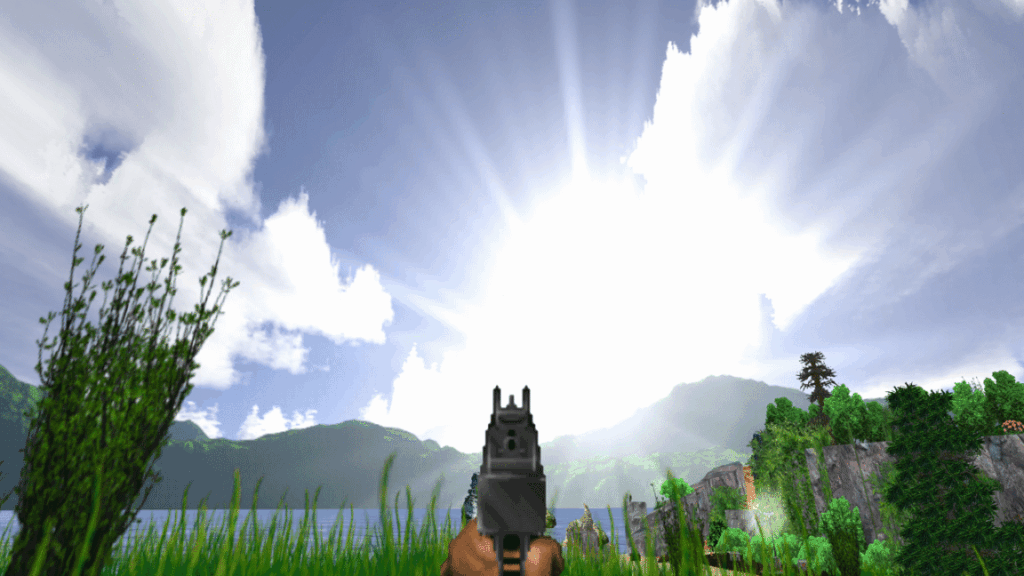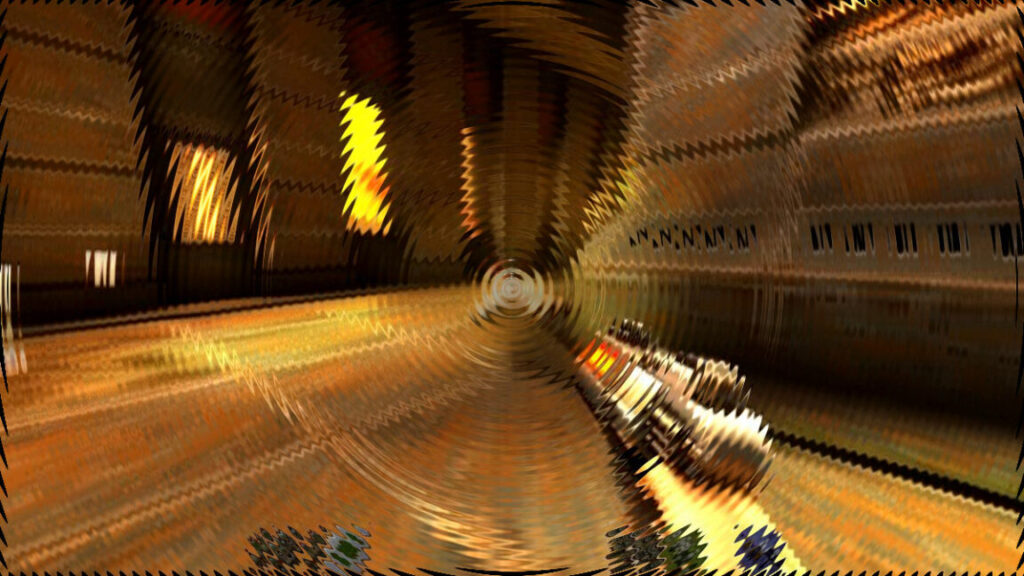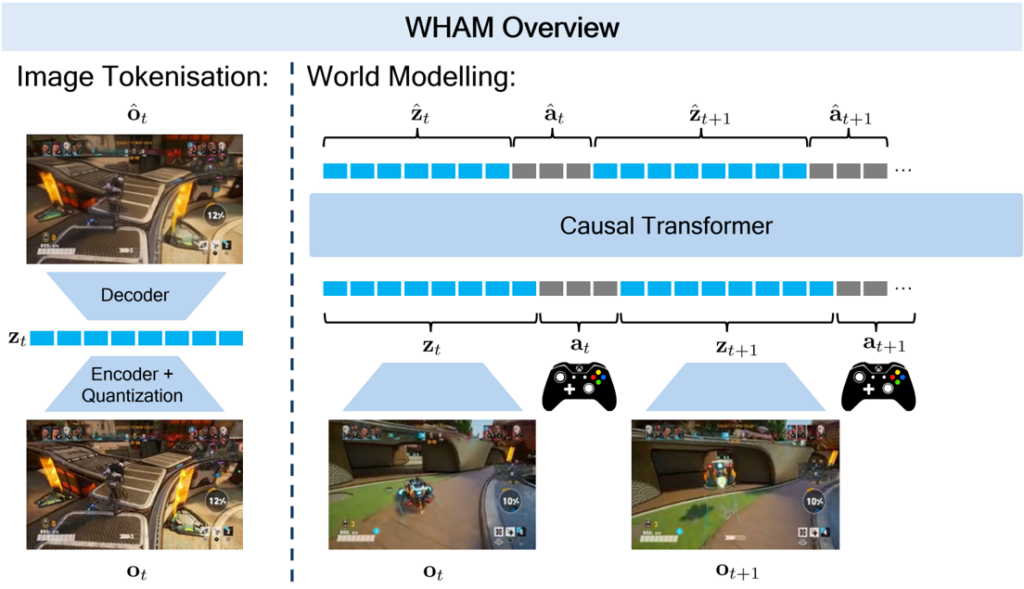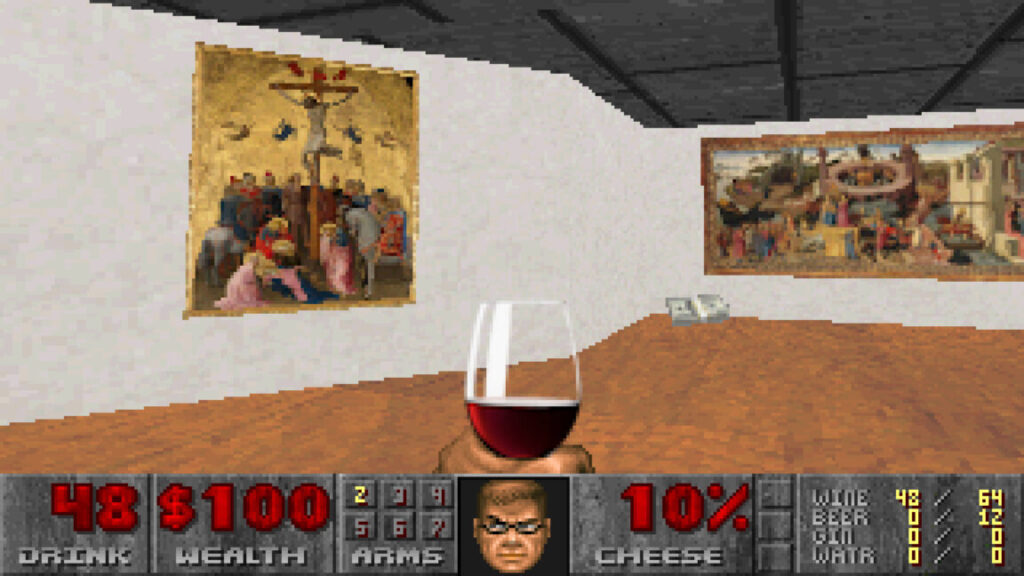Open source GZDoom community splinters after creator inserts AI-generated code
That comment led to a lengthy discussion among developers about the use of “stolen scraped code that we have no way of verifying is compatible with the GPL,” as one described it. And while Zahl eventually removed the offending code, he also allegedly tried to remove the evidence that it ever existed by force-pushing an update to delete the discussion entirely.
// This is what ChatGPT told me for detecting dark mode on Linux.
Graf Zahl code comment
Zahl defended the use of AI-generated snippets for “boilerplate code” that isn’t key to underlying game features. “I surely have my reservations about using AI for project specific code,” he wrote, “but this here is just superficial checks of system configuration settings that can be found on various websites—just with 10x the effort required.”
But others in the community were adamant that there’s no place for AI tools in the workflow of an open source project like this. “If using code slop generated from ChatGPT or any other GenAI/AI chatbots is the future of this project, I’m sorry to say but I’m out,” GitHub user Cacodemon345 wrote, summarizing the feelings of many other developers.
A fork in the road
In a GitHub bug report posted Tuesday, user the-phinet laid out the disagreements over AI-generated code alongside other alleged issues with Zahl’s top-down approach to pushing out GZDoom updates. In response, Zahl invited the development community to “feel free to fork the project” if they were so displeased.
Plenty of GZDoom developers quickly took that somewhat petulant response seriously. “You have just completely bricked GZDoom with this bullshit,” developer Boondorl wrote. “Enjoy your dead project, I’m sure you’ll be happy to plink away at it all by yourself where people can finally stop yelling at you to do things.”
Open source GZDoom community splinters after creator inserts AI-generated code Read More »






